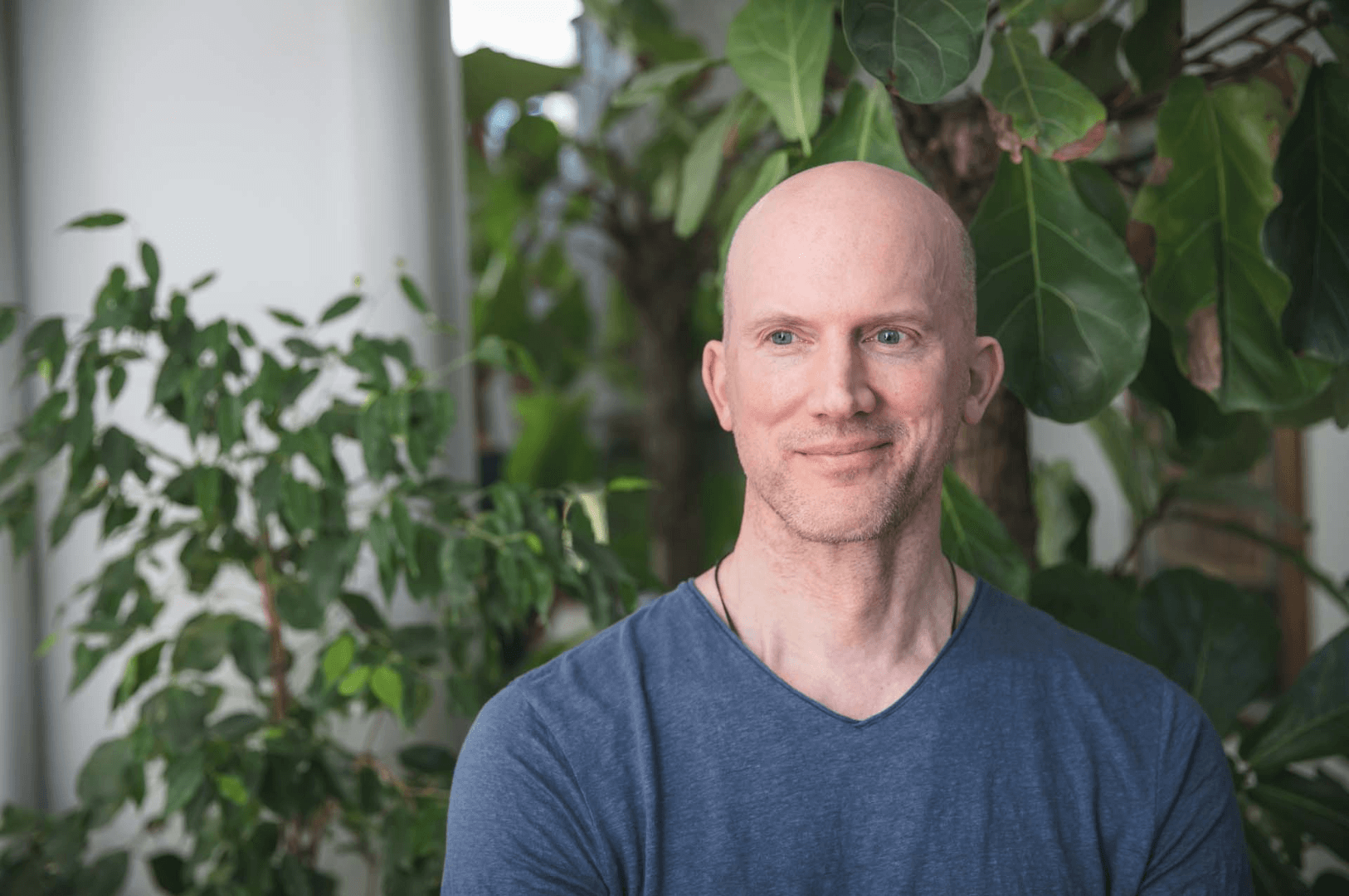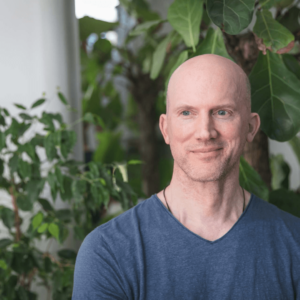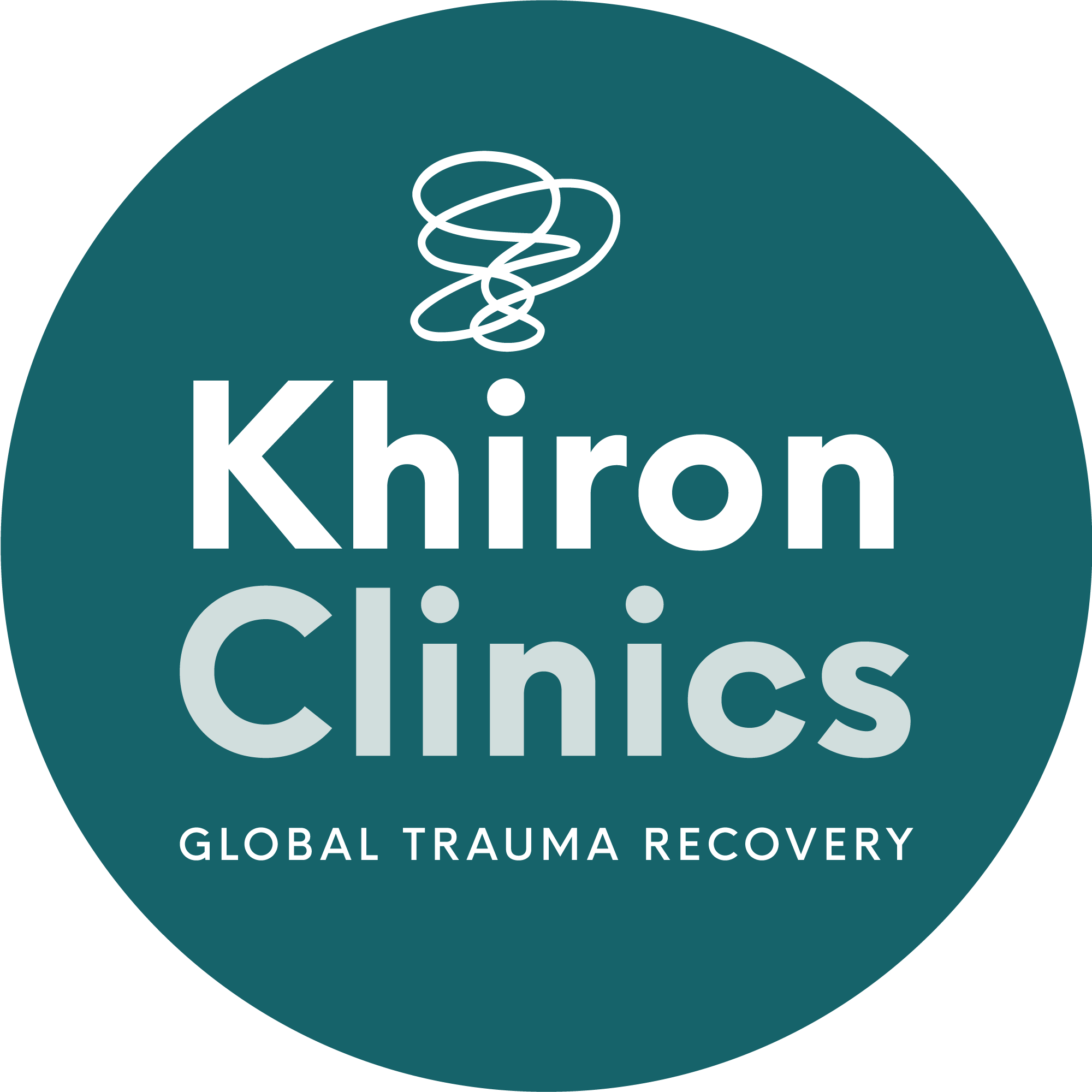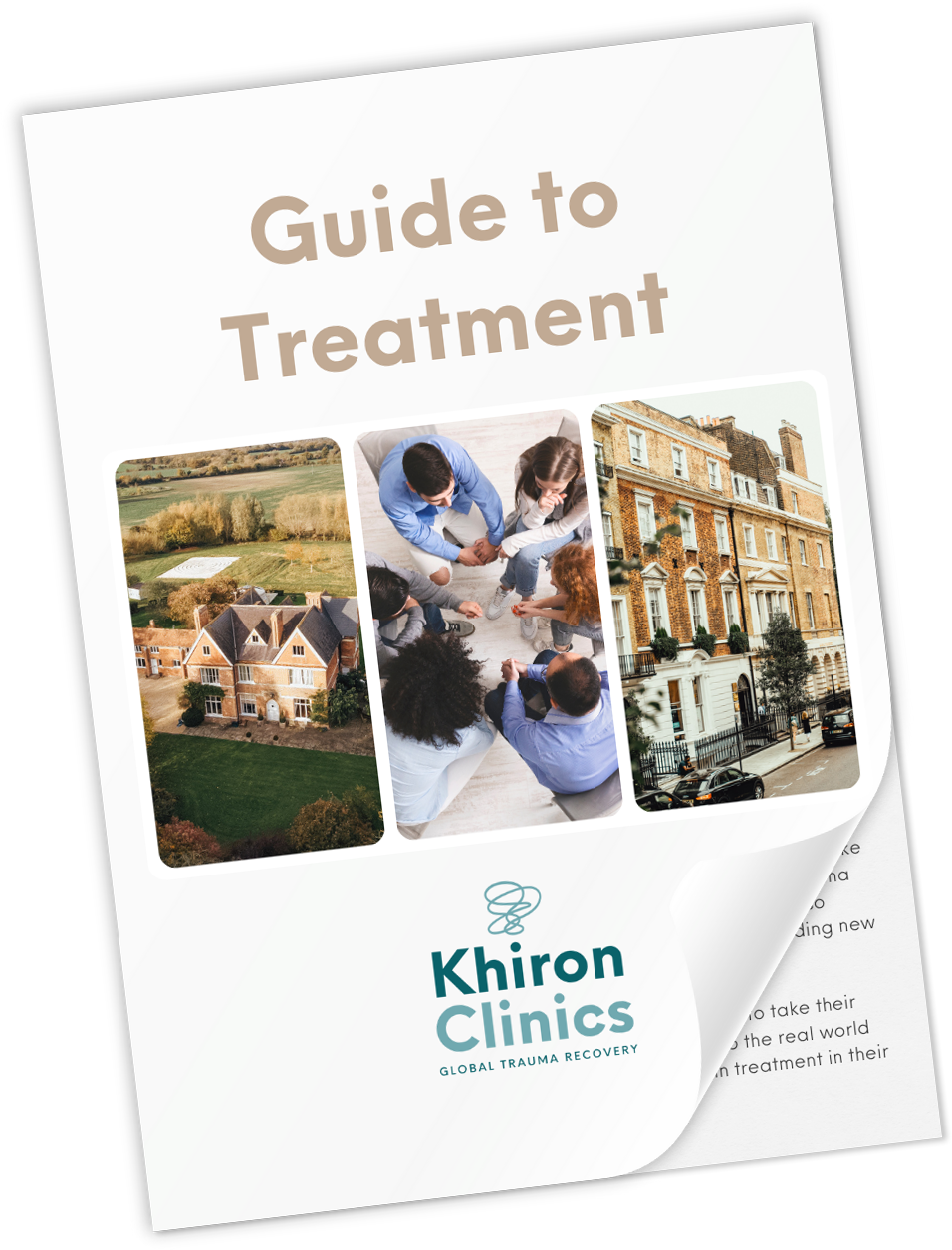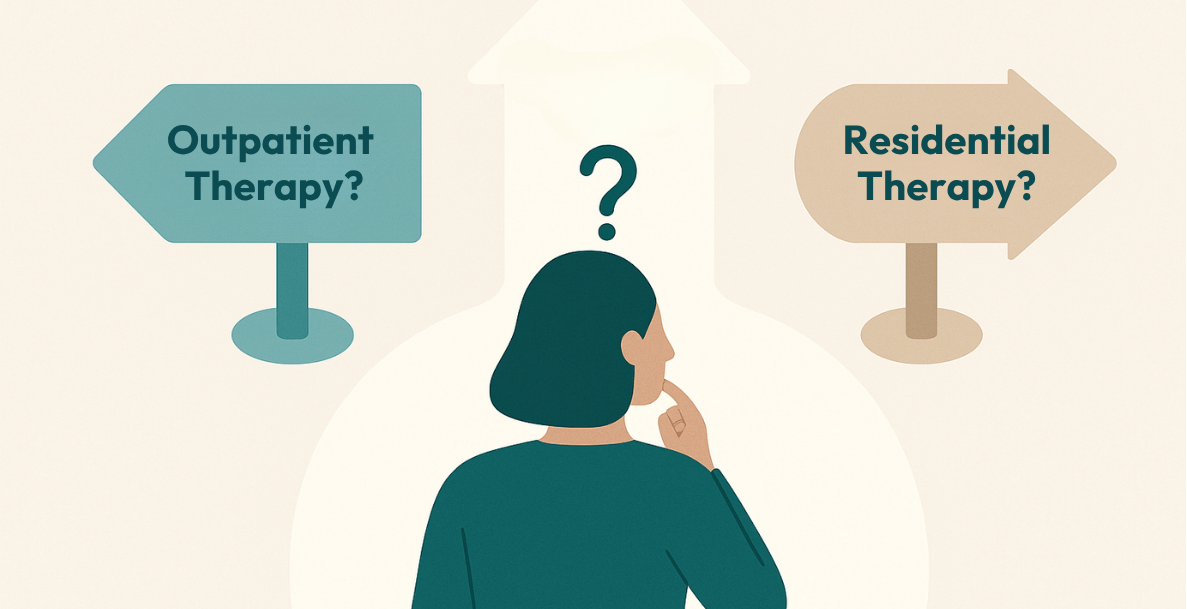One cold November morning in 2009, I woke, as usual, in the dark, shaking. I lay there, exhausted, trying in vain to talk myself out of my state of unmanageable anxiety. I hadn’t slept for a full night without drugs since the previous Christmas. I hadn’t been able to work properly. My family relationships were all but burnt out.
I had thought I could recover. Each day brought fresh evidence that I might not. This morning, though, I did something different. I turned a corner from trying to talk myself into a forgotten state of calm and drifted down a darker alley. I made plans to kill myself. These were careful, elaborate, and detailed. It was important that I did not invalidate my life insurance policy, the only legacy I could leave my wife and five young children. It was a luxury to think this way. It brought me joy. My suffering could end.
I spent the morning drifting deeper into this path of fatal relief. Then the other side of my brain spoke up. As a trained psychotherapist, I knew the stages of suicidal ideation, growing from despair to the desire for death and then to making specific plans. I was well advanced, I realised with shock. I was angry, too, to find that I was trapped by my kids. I grew up with a dead parent, and the thought of condemning them to the same fate was unthinkable. Also, on some level, I just knew that I wasn’t supposed to go out like that. Eventually, the household woke up around me. I faced my Rubicon.
The Catalyst
The financial crash of 2008 marked the beginning of my unravelling. Like so many others, it derailed the plans I had carefully built for my life. As a psychotherapist, I worked in a profession perpetually on the brink of financial instability. To maintain the entrepreneurial lifestyle I had enjoyed in my twenties, I stayed involved in business, taking increasingly risky gambles just to stay afloat. I was on the verge of untangling a complicated property deal when the crash hit. To add to the pressure, my wife became pregnant with our fifth child. Over the next three to four months, the stress took its toll. By the time she reached her third trimester, I was a shell of myself—a walking zombie, incapable of working, connecting, or even functioning in daily life. Five days after our baby boy was born, I hit rock bottom. Desperate, I begged my parents for help, and they admitted me to the Priory. That’s when things truly began to fall apart.
“I remember my 11-year-old daughter saying to me towards the end that I was just a ghost who lived in the same building as her.”
My wife was beginning to give up, too. We had to move house, city, and schools to try to accommodate a new financial reality. I couldn’t even help her pack. Many times my fear, dread, pain, guilt, depression, anxiety, grief, and terror had been so visceral, so overwhelming, that I had to live one minute at a time, ten seconds at a time, sometimes one second at a time. If I could survive that, I might recover.
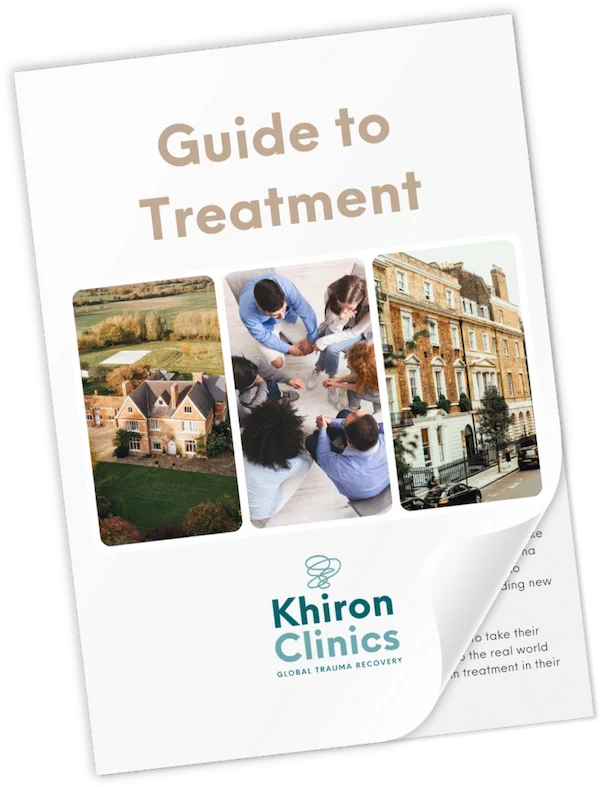
Download the Brochure
Discover Our Innovative Trauma Recovery Pathway
Seeking Help: A System That Failed Me
In the lavish offices of the clinic’s medical director, I described my overwhelming anxiety. He promptly diagnosed me with generalised anxiety disorder and prescribed medication, but my extreme sensitivity to it made things worse. The only therapy offered to me was group-based cognitive behavioural therapy (CBT), presented as a certain path to recovery under a system that showed evidence strongly supported CBT, and any alternatives were barely worth considering.
However, CBT was a poor fit for my needs—an ill-suited solution for symptoms rooted in deeper trauma. My mother had died when I was just 11 months old, succumbing to aplastic anaemia triggered by a dangerous antibiotic. At 40, I found myself unconsciously reliving that profound loss of security, grappling with the same infantile panic and terror that had once defined my earliest memories.
“I needed a way out—not sideways, not back, but through.”
I didn’t know it yet, but CBT didn’t even correspond to the part of my brain that was malfunctioning. CBT starts with the idea that our thoughts create our emotions and, therefore, our behaviour. Trauma, however, affects the brainstem and is regulated by the limbic system, the lower two parts of the triune brain (the reptilian and mammalian ancestors of our cognitive cortex). One of the key symptoms of a trauma reaction is the activation of these systems, with the consequence of a cognitive shutdown.
“The worst thing about CBT is that it relies on the idea that you are ill because you have the wrong thoughts; so if it doesn’t work, it’s your fault.”
I tried another expensive psychiatrist, a leader in his field. He thought that I woke up early because, in the Stone Age, my weakness would have required me to get up before the other predators to find the easy kills. I began to realise that no one knew anything, yet everyone had an opinion. So I moved on. I received prayer, exhortation, salvation, and even exorcism. Someone suggested acupuncture. It made me worse. I tried drugs again. They made me much worse. I went to the crisis unit at the local mental hospital. The psychiatrist had seen me on TV presenting Spendaholics, about compulsive overspenders—on which I was the public face of therapy—and was sure that I’d be fine. He sent me home. I was in a living hell, and there was no way out.
Mellody House: A Last Resort
My life was saved at Mellody House in Arizona, a facility established by renowned American therapist Pia Mellody, with the guidance of Peter Levine, the world’s leading expert on trauma reduction. For months, a psychotherapist friend had urged me to seek treatment at a psychiatric hospital in America, insisting they could help me overcome the trauma. By the time I finally agreed, I had nothing left to lose—except my life.
When I called for a quote, the cost was two thousand pounds shy of everything we had left. Now a fragile, bedridden shadow of myself, I had no other options. I booked a flight to Phoenix and asked my wife to drive me to the airport. When we arrived at Heathrow, she dropped me off without a word. My children’s faces stared back at me from the car window—expressions I’ll never forget. Those haunting looks stayed with me throughout the four months of treatment that followed.
A Breakthrough: Discovering the Brain-Body Connection
The foundation of Pia Mellody’s model at Mellody House is that trauma anchors in the limbic system, freezing emotions in a stand-off between the three parts of the brain.
When we perceive that we are in a life-threatening situation, our lower brain tells the rest of the body to get ready for fight or flight, flooding us with stress hormones like adrenaline and cortisol. When we are completely overwhelmed—feeling unable to fight back or get away, we freeze or “play dead”.
“After the threat has passed, we need time to discharge the energy generated by the stress response which has not been used, otherwise, it remains trapped in our mind and body until it is released.”
Without the discharge of this energy, it begins to make our nervous system dysregulated, meaning we don’t ride the highs and lows of life with moderation and ease. For some, we oscillate between the threat response (anxiety) and crashing into the exhausted trough of stasis (depression). These frozen packets of energy are easily activated by sight, sound, smell, touch or taste, a similar person, thought, situation or dialogue. This activation can be unbearable. if this happens often enough, it may be difficult to recover between episodes, resulting in the need for assistance. Drugs, alcohol, sex, work, food, and fantasy all activate the nervous system in the desired way, offering temporary relief and a sense of control. Welcome to the human race.
Finding Hope: Discharging Trauma Through Somatic Experiencing
Dr Levine, who pioneered this model of trauma discharge, discovered this shared ability between human beings and animals to release frozen energy from threat in the late Sixties. He has brought his work through several phases, the latest is the development of a technique to heal trauma, not merely manage it, as with CBT or medication, but to discharge the frozen energy and leave the past where it belongs. Mellody asked him to help set up a pilot facility for her addiction patients. The result was Mellody House, where I spent ten weeks after being medically stabilised at the psychiatric hospital next to it.
The primary trauma reduction technique used there is Levine’s own method; Somatic Experiencing (SE). This is a careful therapeutic intervention that guides the patient away from their thinking brain and into what the nervous system is trying to complete. The set-up is conventional—two people sitting in chairs talking to each other. But then, you will start to be aware of one part of your body more than the other parts. I might feel that there is a strong feeling in my neck, for example—tingling, heat, or tightness. The idea is that this is a physical blockage of energy that has been frozen and not released.
You then explore this together, the therapist may lay their hands against the spot and see what happens next. They guide you into staying with the body’s process. Emotions may be triggered such as guilt, sadness, or more positive ones, and sometimes you can feel the energy moving. EMDR (eye movement, desensitisation and reprocessing), which is another methodology that intervenes in trauma, was also used, and we were helped to reset our understanding of our histories and behaviours using Mellody’s cognitive model in groups and individual sessions.
Once I was stable enough to leave, I carried on with Dr Levine’s SE method with a practitioner in London. It has been more than a year now and it is a process that is beginning to reach a conclusion.
“Unlike conventional talking therapy, this process has to end; it runs out of energy to discharge. And once you get there, the word most often used is freedom.”
As a patient, my recovery was a miracle. As a practitioner, I saw the same miracle in the others who were there healing with me. One friend reported when he left that this was the first time since he was 13 that he had not felt depressed. These were people like me, people of all ages, who had been failed everywhere else and were either going to get well or die. Anecdotally, outcomes appear to be astonishing.
A Broken System: My Mission to Help Others
As I began to write this piece I asked my nine-year-old son what his reflections were on my time away. He said that it was terrible but that it was also great that I got better. He was clear that I wasn’t better only in the sense that I wasn’t ill any more, but better; a better father in ways he could not define. My relationship with my wife started again from scratch and deepened in every possible way. She said she married the man she always knew I could be, and now she had met him. She has started to have the same therapy with a local practitioner and, one by one, as we have started to mend, our children have begun to come forward with their problems, partly due to the normal problems of life and partly due to the recent trauma of my illness and absence. These are also being cured by the same technique.
Setting Up Khiron Clinics
“When I returned from my transformative treatment in America, I had two heartfelt wishes: to let others know that help is out there and to find a way to make that help accessible to those who need it.”
This led to the birth of Khiron Clinics.
Founded in 2012, Khiron Clinics was created to offer other people the groundbreaking trauma therapies that once saved my life. Since then, Khiron Clinics has become globally recognised as a leading centre in the treatment of trauma. I’m incredibly humbled to witness all the lives that have been changed by Khiron Clinics. You can see some of their stories here.
At Khiron Clinics we are committed to prioritising approaches that emphasise safety and empowerment. As a Polyvagal Informed certified residential clinic, we recognise the body-mind connection and understand that healing from trauma benefits from bottom-up approaches where we address the physical and sensory aspects of trauma as well as delving into cognitive and emotional issues.
Our unique treatment programmes are delivered by clinicians who are informed, trained and supervised by some of the world’s top trauma experts including Dr Bessel Van Der Kolk, Dr Janina Fisher, Dr Stephen Porges, Deb Dana, Dr Dick Schwartz, Licia Sky and Linda Thai.
Khiron Clinics specialises in therapy that directly works with the nervous system, offering a wide variety of approaches to heal the underlying causes of mental health issues, often rooted in unfinished responses to earlier threats.
